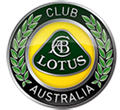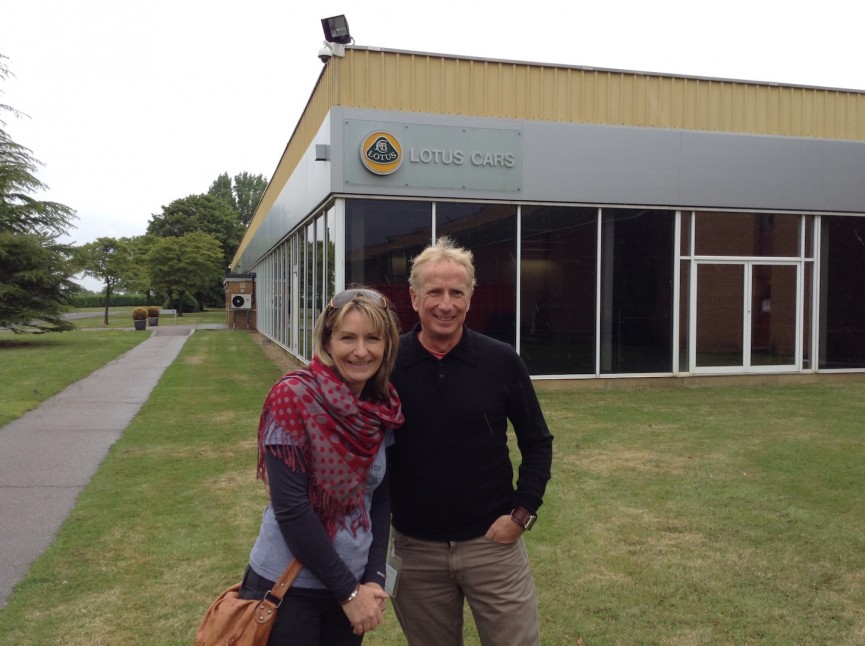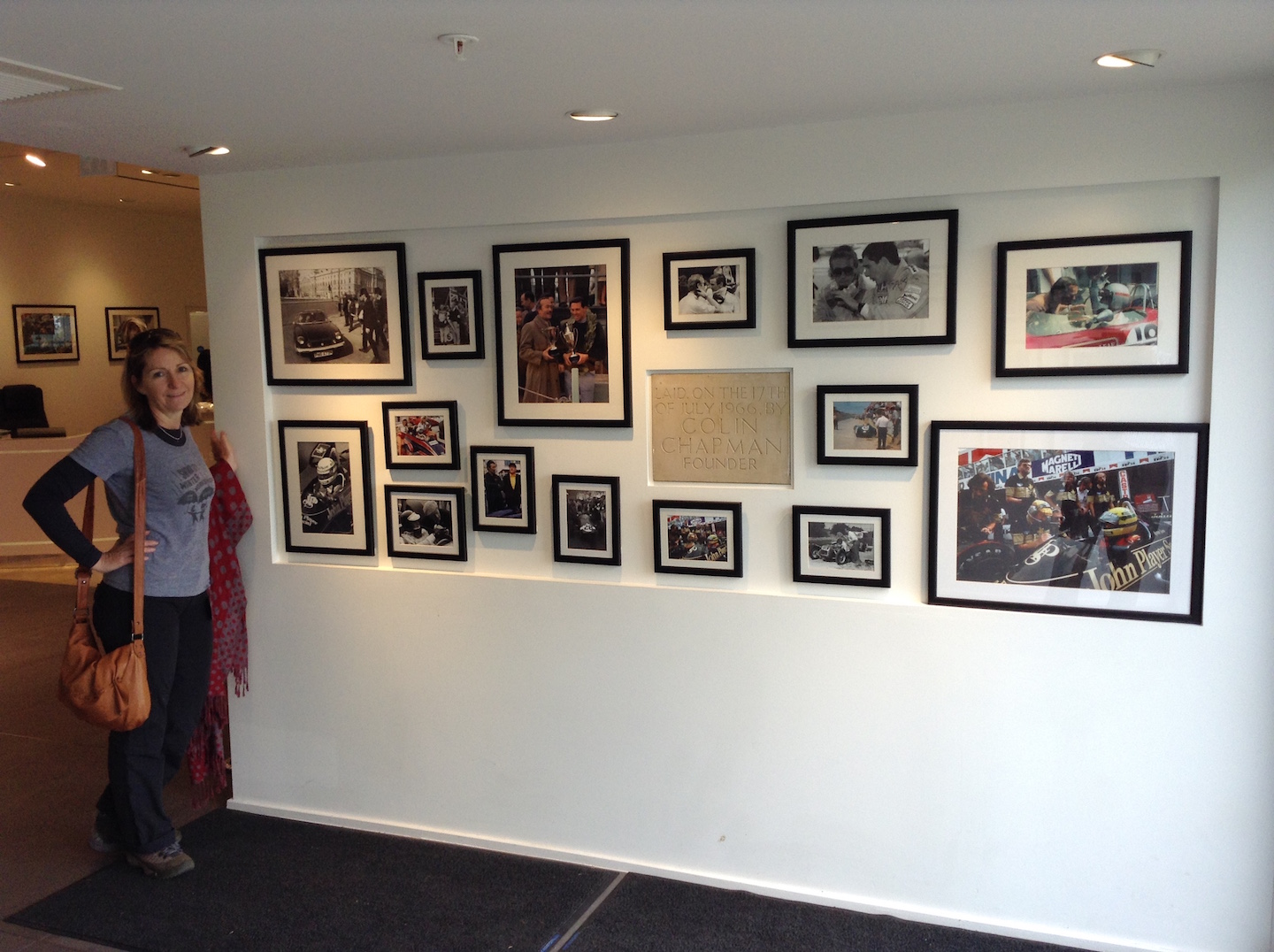Club Lotus Australia WA’s Eddie Lankhorst and Vicky Rowe took off to the United Kingdom for an adventure earlier this year, taking the opportunity to build their own UK Lotus Experience while they were there.
They’ve kindly shared the story with us and in this, part one, we head off to tour the Lotus factory and see how our wonderful cars are made.
By Vicky Rowe
Security pointed us in the direction of the main building, right down the back of the car park. An unassuming building, although as we got closer we could see glimpses of a couple of cars on display, including a good looking Elise cup, with skirting and lots of extra trims.
James (lotus sales manager) greeted us and our tour of the factory was underway.
I started my working life in factories and I’ve visited a couple of car manufacturers, but Lotus (as you’d expect) is a bit different. I didn’t really expect the typical image of a moving production line, with lots of automation, but I didn’t realise just how ‘hand built’ our cars are.
Here’s a bit of run down on how these very special cars come together (apologies in advance for my lack of technical correctness):
First step is matching up the panels. Well, they’re just moulds at this stage. Many talk about the body of a lotus as fibreglass, but it’s actually a composite and the process of making them (externally) is far from perfect. More on that later though.
The first semblance of a car is when all of the moulds of one car are matched up and placed on a movable trolley, all in place as if on the car, but somewhat pumped out. This spells the start of many inspections and those less than perfect panels get some TLC, before moving to the paint department. From here the trolley is moved under cover to the next building and stored ready for the tub.
Meanwhile, the aluminium tub, also on a moving trolley, moves from department to department to add wiring (firstly), suspension and engine.
Then the marriage of panels and chassis takes place and the car continues down the line, receiving its wheels, trims, etc.
At several stages along the line there’s rigorous quality control. I was surprised to see body work being patched and repaired at all stages (getting perfect apparently). Another interesting piece of information is that there’s a ‘bible’ for each car, which stays with the car through its manufacture, recording pertinent details. I expect there’s a few of you out there that would love to get your hands of that information on their own car.
I don’t how much things have changed over the years, but I get the impression that practices are tighter now than in the past. I did also get confirmation that Malaysia is keeping a tight rein on spend. No surprise on that one, but James gave some examples and there’s clearly not much discretion provided.
The tour was really informative, relaxed, up close and personal. Ed and I had James’ undivided attention, but I expect the regular tour arrangements are similarly informative. Tours end at the most modern looking part of the facility, the Lotus Shop, where there’s some great memorabilia on display and some unique clothing and souvenirs to impart your money on.
Noticing the reception style of this building I had to ask why it was so oddly positioned, at the opposite end of the site to the gate house. It seems Colin had grand plans when he acquired the old RAF base. The motorway (A11) was apparently planned to run directly past the site, so the intent was to have a highly visible presence on the motorway, main entrance and reception to greet visitors. Despite quite a bit of lobbying the road was built elsewhere. Now, the shop is only open at specified times, usually to coincide with tours. Otherwise this building is unattended.
This is an experience I can definitely recommend to all you Lotus enthusiasts, if you’re travelling to the UK. I can also recommend Dunston Hall, which is a beautiful old manor, not far from the factory. Say Lotus referred you and they’ll give you a great rate to boot.


